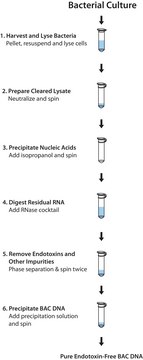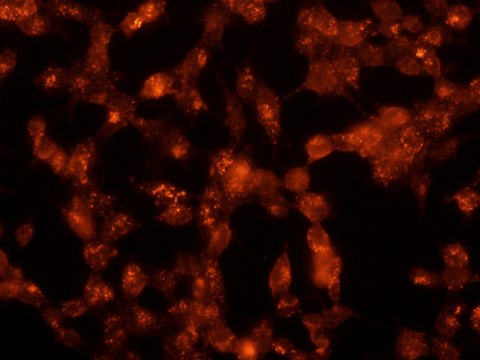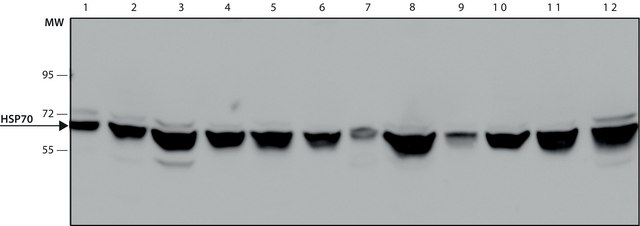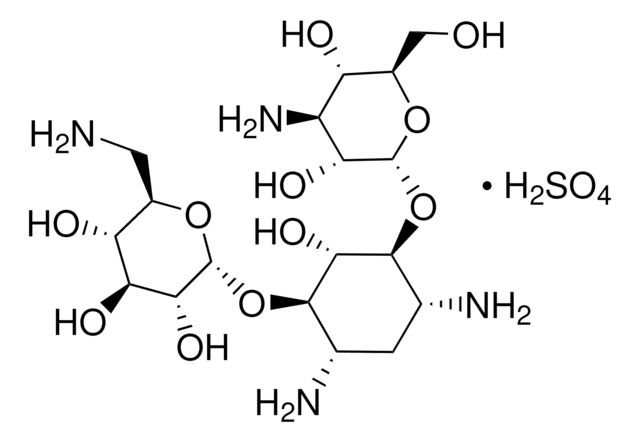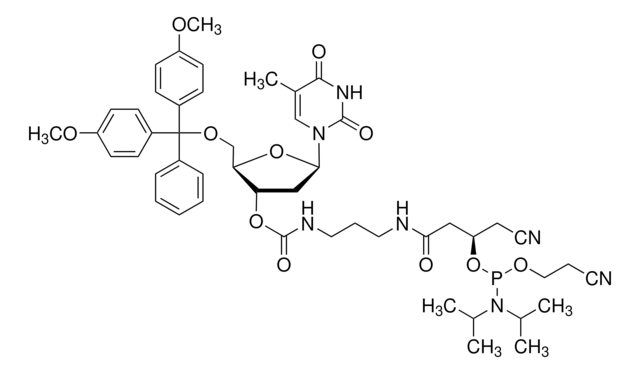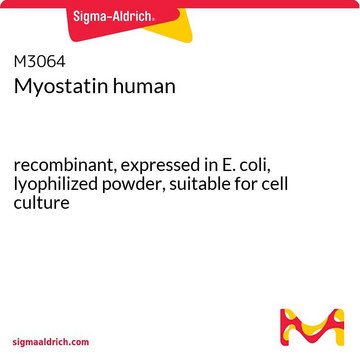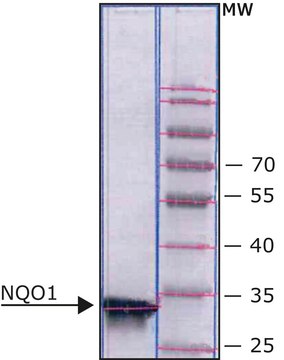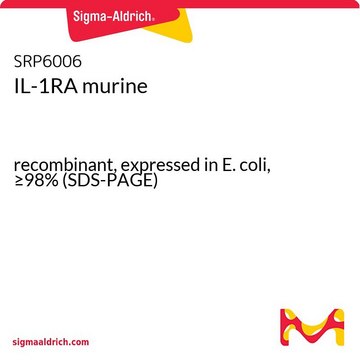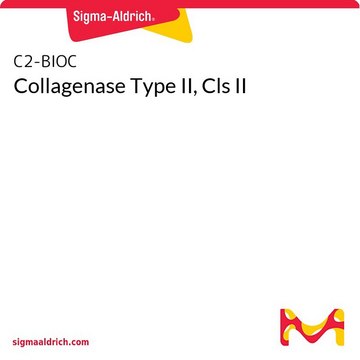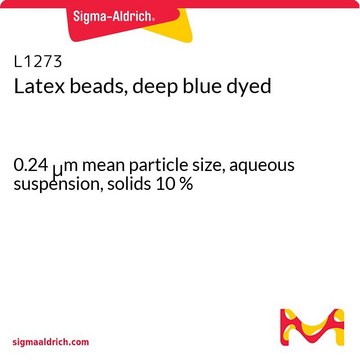M3557
Monoclonal Anti-MAP Kinase, Monophosphorylated Threonine antibody produced in mouse
~2 mg/mL, clone ERK-YNP, purified immunoglobulin, buffered aqueous solution
Synonym(s):
Anti-pT-ERK
About This Item
Recommended Products
biological source
mouse
conjugate
unconjugated
antibody form
purified immunoglobulin
antibody product type
primary antibodies
clone
ERK-YNP, monoclonal
form
buffered aqueous solution
mol wt
antigen, ERK-1 44 kDa
antigen, ERK-2 42 kDa
species reactivity
rat, human, mouse
concentration
~2 mg/mL
technique(s)
capture ELISA: suitable
immunocytochemistry: suitable
microarray: suitable
western blot: 5-20 μg/mL using rat brain extract
isotype
IgG1
shipped in
dry ice
storage temp.
−20°C
Gene Information
human ... MAPK1(5594) , MAPK3(5595)
mouse ... Mapk1(26413) , Mapk3(26417)
rat ... Mapk1(116590) , Mapk3(50689)
General description
Monoclonal Anti-MAP Kinase, monophosphorylated threonine (pT-ERK) reacts specifically with the monophosphorylated threonine. It weakly reacts with the nonphosphorylated forms of MAP kinase (ERK-1 and ERK-2, 44 kD and 42 kD, respectively). It does not recognize doubly-phosphorylated, and the mono-phosphorylated tyrosine forms of the MAPK molecule, or JNK or p38-MAPK.
Specificity
Immunogen
Application
Physical form
Preparation Note
Disclaimer
Not finding the right product?
Try our Product Selector Tool.
Storage Class Code
10 - Combustible liquids
WGK
nwg
Flash Point(F)
Not applicable
Flash Point(C)
Not applicable
Regulatory Information
Choose from one of the most recent versions:
Certificates of Analysis (COA)
Don't see the Right Version?
If you require a particular version, you can look up a specific certificate by the Lot or Batch number.
Already Own This Product?
Find documentation for the products that you have recently purchased in the Document Library.
Our team of scientists has experience in all areas of research including Life Science, Material Science, Chemical Synthesis, Chromatography, Analytical and many others.
Contact Technical Service